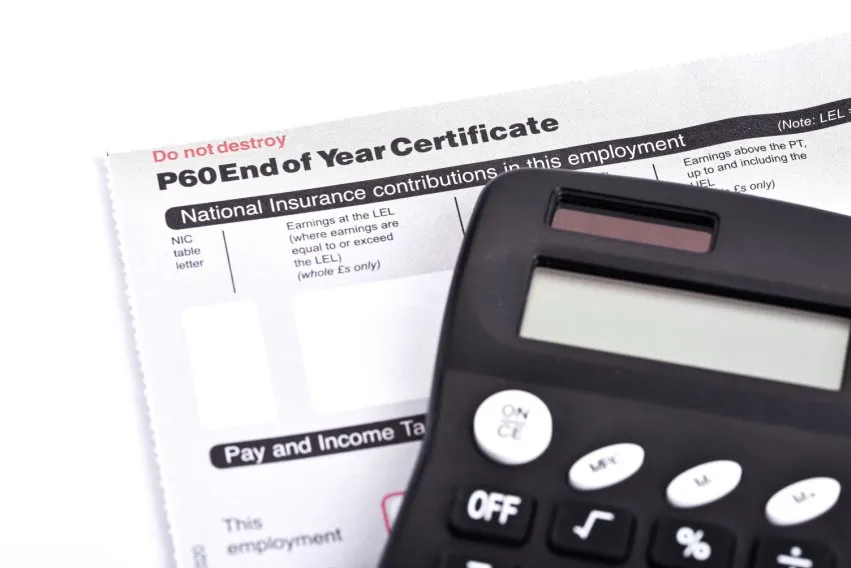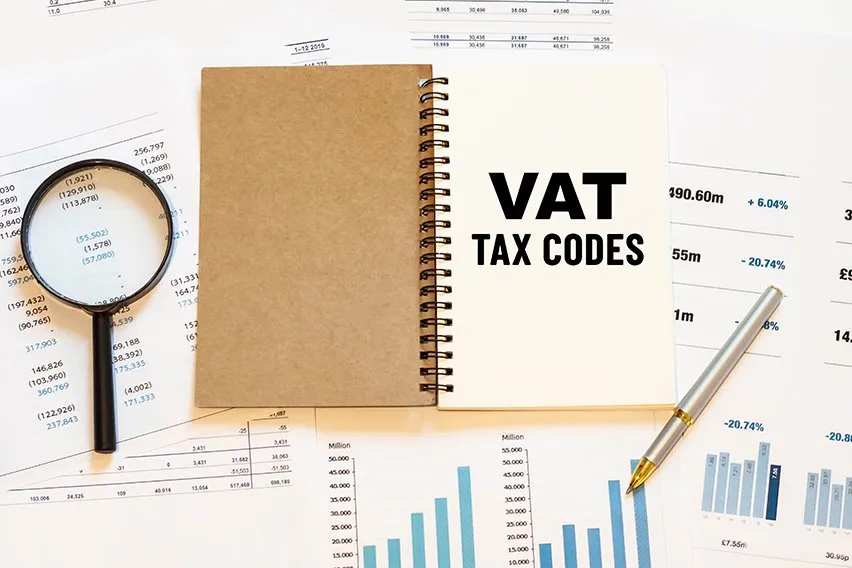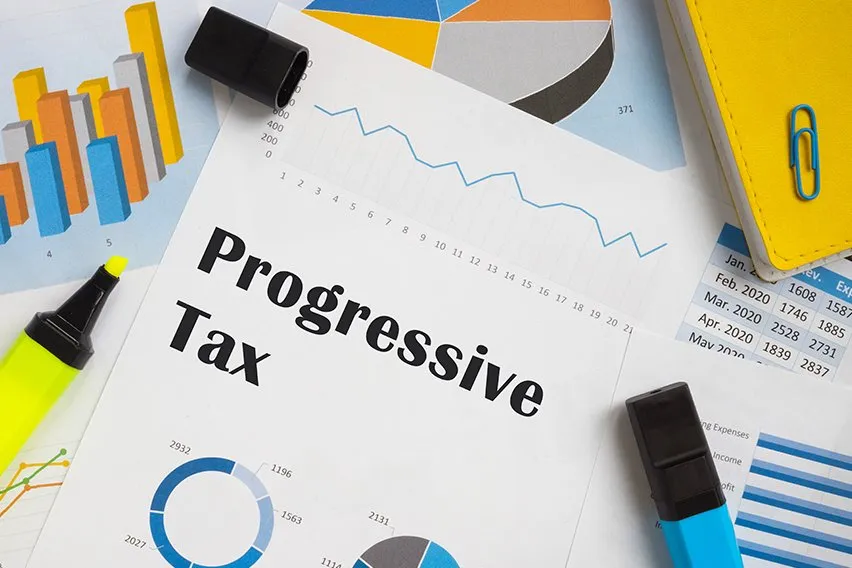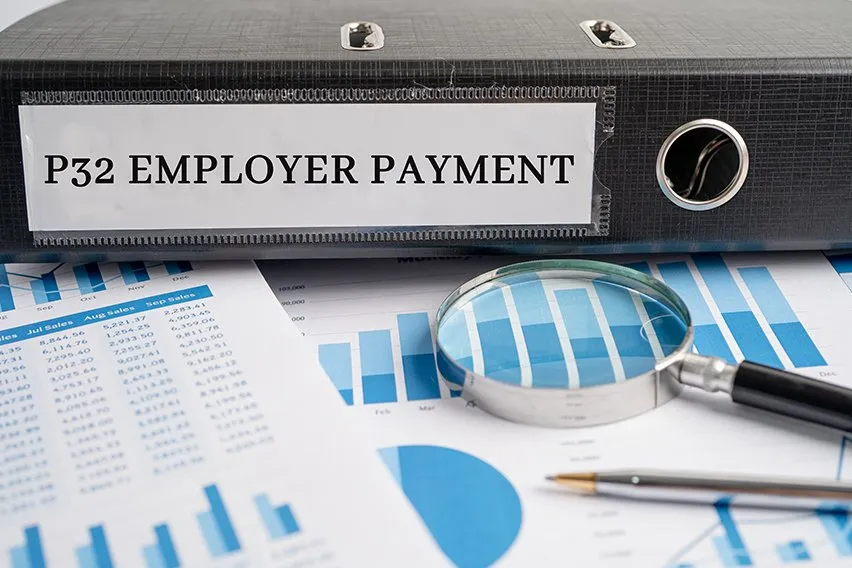SEIS vs EIS – Difference Between Two Schemes

The SEIS and EIS are two UK government venture capital schemes designed to promote and encourage investment in UK startups and small businesses. Both SEIS and EIS offer tax relief to offset the risk and encourage potential investors to invest. These tax reliefs range from income tax relief to capital gains relief and tax-free gains, and they allow you to maximise profits and reduce your taxable income. We’ll compare SEIS and EIS tax reliefs to help you choose the best fit for your portfolio.
Key Takeaways
- SEIS and EIS are government schemes to promote investment in startups and emerging businesses.
- SEIS is focused on startups, while EIS is focused on more established small businesses.
- Both schemes offer tax relief to mitigate investment risk.
- These tax reliefs include income tax relief, loss relief, and CGT disposal and reinvestment relief.
- SEIS vs EIS: What’s the Difference?
- Key Differences Between SEIS And EIS
- Types of Companies Eligible for EIS and SEIS
- What is SEIS Tax Relief and EIS Tax Relief?
- Tax Benefits for SEIS and EIS Investors
- Who Can Invest Under SEIS and EIS?
- FreshBooks Makes Tax Preparation Simple
- Frequently Asked Questions
SEIS vs EIS: What’s the Difference?
The primary difference for investors between EIS vs SEIS is how much income tax relief you’ll receive based on the perceived difference in risk levels between the two schemes.
Below, we’ll explore the details of the SEIS and EIS schemes to learn about risk levels and tax reliefs for each scheme.
SEIS
The SEIS, or Seed Enterprise Investment Scheme, is aimed at very early-stage companies with a higher risk level. This can include startups as well as small businesses that are new to the market and still getting established. Since these types of businesses often represent a greater risk for private investors, the SEIS offers a direct income tax relief of 50% of investments on investments up to £200,000. In addition to income tax relief, investors can also benefit from other reliefs, including inheritance tax relief, CGT relief, and loss relief on SEIS investments.
EIS
While SEIS focuses on startups, the EIS, or Enterprise Investment Scheme, aims to promote investment in slightly more established small businesses. This can also apply to small businesses that are looking for investors to help them scale up. While these enterprises represent some degree of risk, it’s generally less than SEIS businesses, so the income tax relief is slightly smaller—30% on investments up to £1,000,000. This can be increased to £2,000,000 if the amount in excess of £1m is invested in knowledge-intensive companies that focus on research and development. Like SEIS, EIS also offers additional reliefs like CGT and loss relief on qualified EIS investments.

Key Differences Between SEIS And EIS
Explore the main differences between SEIS vs EIS schemes, including investment amounts, qualifications, and tax reliefs to find the best fit for your investments.
| Key Differences | SEIS | EIS |
| Company Location | UK | UK |
| Maximum Trading Age Of Business | 3 years | 7 years or 10 years for KIC |
| Maximum Number Of Employees | 25 | 250 or 500 for KIC |
| Maximum Gross Assets | Gross assets of less than £350,000 (or £200,000 for shares issued before 6 April 2023) | £15m |
| Maximum Investment Allowed | £250,000 | £12m or £20m for KIC |
| Corporate Investors Allowed | No | Yes, but no tax relief |
| Funds Must Be Spent Within | 3 years | 2 years |
| Initial Tax Relief Rate | 50% (capped at £100,000) | 30% |
| Capital Gains Tax Relief | Yes | Yes |
| Loss Relief | Yes | Yes |
Types of Companies Eligible for EIS and SEIS
While it’s up to the UK government to determine which companies are officially eligible for SEIS and EIS status, there are some baseline qualifying factors:
Companies Eligible for Seed Enterprise Investment Scheme
In order to be eligible for the SEIS, a company must:
- Have less than £350,000 in gross assets prior to investment, or £200,000 for shares issued before 6 April 2023
- Employ no more than 25 employees in the company
- Have been trading for no more than two years
- Be carrying out a qualifying trade
When a company is qualified for SEIS funding, they are then able to raise an additional £150,000 of funding through the scheme.
Companies Eligible for Enterprise Investment Scheme
In order to be eligible for the Enterprise Investment Scheme EIS, a company must:
- Have less than £15,000,000 in gross assets prior to investment
- Employ no more than 250 employees in the company
- Have been trading for no more than seven years
- Be carrying out a qualifying trade
An EIS qualifying company is able to raise up to £12m of EIS funding through the scheme, or £20m if they are a knowledge-intensive company.
What is SEIS Tax Relief and EIS Tax Relief?
While both SEIS and EIS offer similar tax reliefs, the amounts that individual investors themselves can claim vary between the two.
SEIS Tax Relief
Investors can receive up to 50% of an SEIS investment as income tax relief on investments up to £200,000. Other tax benefits include a capital gains tax exemption on the sale of any shares from an SEIS company, provided shares are held for at least three years.
Looking for more information on SEIS investments? Explore SEIS Tax Relief to learn more about how SEIS can benefit your investment portfolio.
EIS Tax Relief
EIS allows for a greater initial investment amount—up to £1,000,000, or £2,000,000 if the amount in excess of £1m is invested into knowledge-intensive companies. Of this, investors can receive income tax relief on 30% of that investment.
Learn more about EIS income tax relief, as well as other reliefs like capital gains tax reliefs, with an in-depth look at EIS Tax Relief.
Tax Benefits for SEIS and EIS Investors
Discover more about income tax relief, loss relief, and capital gains tax benefits for both SEIS and EIS investments.
Income Tax Relief
Income tax relief is the most prominent relief for both SEIS and EIS investments. For SEIS, investors can claim tax relief up to 50% on investments up to £200,000, while for EIS, investors can claim 30% on investments up to £1,000,000. Both of these can be claimed against your taxable income when you file your standard income taxes.
Loss Relief
Even if your investment should decrease in value, you can still claim tax benefits from that loss. For both SEIS and EIS, you can claim the loss amount against your income taxes when you file. This can be claimed either when you sell your shares at a loss or if the value of the shares reaches zero.
Capital Gains Tax Relief
Both SEIS and EIS investments offer capital gains tax relief on profits from those investments. This means that when you sell your shares from a qualified SEIS or EIS investment, you won’t be charged capital gains tax on that profit. In order to be eligible for this tax relief, however, you must hold those shares for a minimum of 3 years after the time of purchase.
Capital Gains Reinvestment Relief
When you sell most investment shares, you’re charged capital gains tax on the profits of that sale. One way to avoid this charge is to reinvest that money into an SEIS or EIS company. Reinvesting your profits into a SEIS or EIS investment allows you to avoid 50% of the CGT on your original profit as long as you hold the new shares for at least 3 years.
Take the stress out of tax season with helpful tips from FreshBooks. Explore how FreshBooks takes the pain out of tax preparation for convenient tax support strategies you can use today.
Who Can Invest Under SEIS and EIS?
Almost anyone can invest in SEIS and EIS, with a few exceptions:
- Relatives and family members of the business owner, with the exception of siblings
- Employees and associates of the business owner, with the exception of directors (SEIS doesn’t consider this to be an owner or employee)
Additionally, you’ll also have to meet the following criteria:
- Pay income taxes in the UK
- Hold shares for at least three years
- Not owning more than 30% of the company in either shares or voting control
FreshBooks Makes Tax Preparation Simple
SEIS and EIS investment schemes both offer a convenient and effective way for investors to reduce taxable income. In addition to direct income tax reliefs, both schemes offer loss relief, CGT disposal, and CGT reinvestment relief to ease tax burdens.
When you’re managing investments under SEIS and EIS, it’s essential to keep clear and accurate records. FreshBooks accounting software helps you keep track of your investments so you can claim your tax reliefs. You can also directly submit your taxes through the MTD-compatible software for effortless filing. Try FreshBooks free for easy record-keeping and tax support today.

FAQs About EIS and SEIS
Still have questions about SEIS and EIS? Learn about how to claim EIS on your tax returns, risk levels, and more with SEIS and EIS frequently asked questions.
Can I invest in both SEIS and EIS?
Yes, you can invest in both SEIS and EIS companies at the same time. Additionally, while there are limits to the amount that you can invest in a single company, you’re not limited by the amount of SEIS and EIS companies that you can invest in.
Where does EIS go on my tax return?
EIS tax reliefs fall under Section 4 of your tax return. When you file online, you’ll see a place in Section 4 labelled ‘Other Tax Relief and Deductions’. Any tax reliefs you’ve received from EIS can be placed in this section.
Can EIS reduce capital gains tax?
Yes, EIS can reduce capital gains tax in two ways—as a tax-free profit and as a reinvestment relief. Investors are exempt from CGT on profits from the sale of EIS shares after they’ve been held for 3 years and can also use profits from other sales reinvested into EIS to reduce CGT.
Is it worth investing in EIS?
If you’re looking for tax relief to reduce your income tax, EIS offers many benefits that make your investment worth it. Income tax reliefs of 30% on investments up to £1,000,000, loss relief, CGT disposal, and reinvestment relief all help you reduce your taxable income.
Can an employee invest in SEIS?
No, employees are not eligible to invest in SEIS at the company they work for. However, they’re still free to invest in SEIS at other companies, so long as they pay income taxes in the UK and aren’t related to the business owner at the other company.
Are EIS investments risky?
Risk levels will depend on the specific business and industry—EIS investments are considered on the riskier side but less risky than SEIS investments. This is because, while EIS investments do focus on smaller companies, they tend to be more established companies looking to scale up.
What are the risks of SEIS?
The primary risk of SEIS is that SEIS companies are often startups and other early-stage companies that have not yet had a chance to get established. Like any startup, this comes with some risk of investment loss, which the SEIS scheme aims to mitigate with tax reliefs.
What is the maximum investment for EIS?
The maximum standard investment for an EIS company is £1,000,000. This can be increased to £2,000,000, provided that the amount in excess of £1m is invested in a knowledge-intensive company—that is, one that focuses on research, development, and innovation.
More Useful Resources
Reviewed by
Levon Kokhlikyan is a Finance Manager and accountant with 18 years of experience in managerial accounting and consolidations. He has a proven track record of success in cost accounting, analyzing financial data, and implementing effective processes. He holds an ACCA accreditation and a bachelor’s degree in social science from Yerevan State University.
RELATED ARTICLES


 Working from Home Tax Relief Guide for the UK
Working from Home Tax Relief Guide for the UK What Is A P60: An Overview
What Is A P60: An Overview VAT Codes: A Complete Guide
VAT Codes: A Complete Guide Progressive Tax: Definition, Examples & How It Works
Progressive Tax: Definition, Examples & How It Works How to Reduce Corporation Tax: 8 Ways
How to Reduce Corporation Tax: 8 Ways What Is a P32 Employer Payment Record?
What Is a P32 Employer Payment Record?